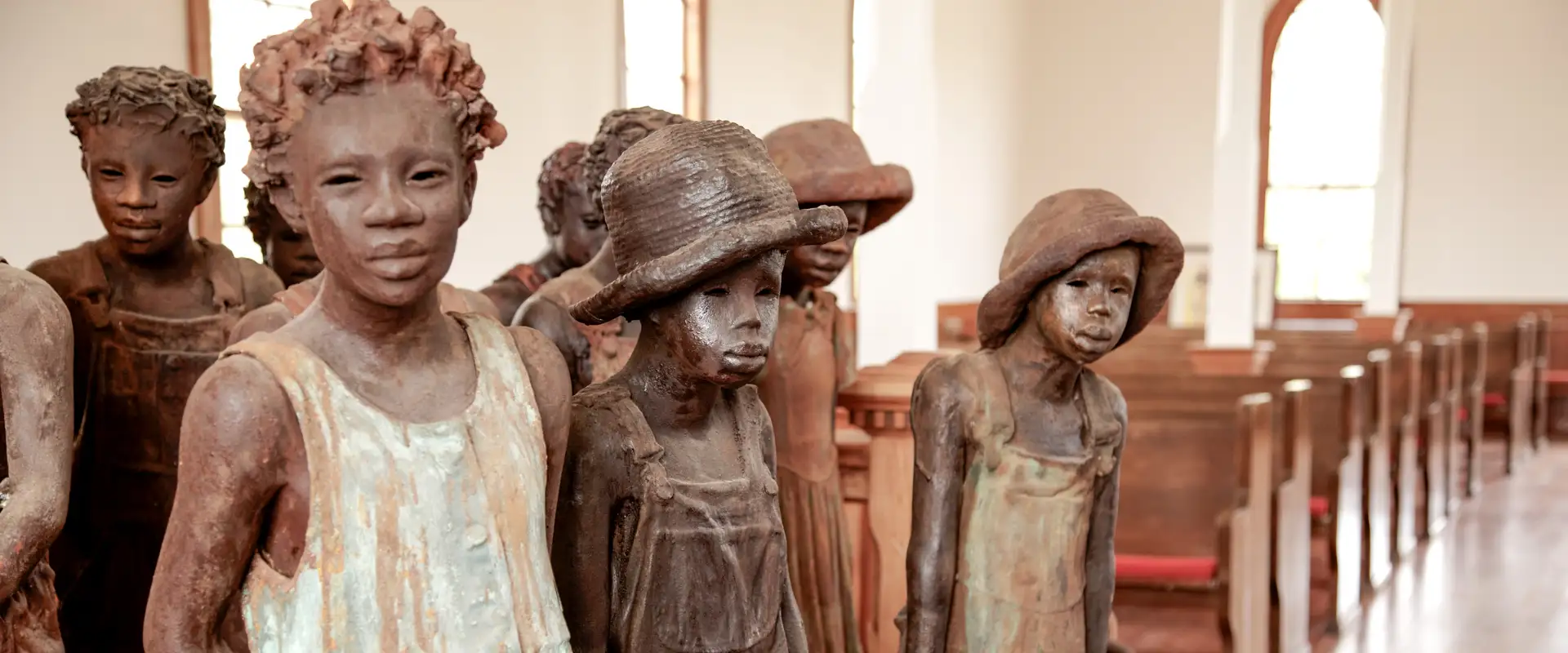Educators face the powerful task and responsibility of teaching the true history of slavery in the United States.
At Whitney Plantation, we recognize that this work can be challenging with limited resources and restraints, but this history is essential. Here are five tips to guide you.
Here are a few tips to guide you:
1. Ground Your Lessons in Primary Sources
How? Use narratives, letters, and records that share firsthand experiences. Center the voices of those who lived through enslavement to use as a guide to teach.
Tip: Explore the WPA Slave Narratives or resources from institutions like Whitney Plantation.
2. Use Accurate & Respectful Language
Why? Words shape understanding. The terms “slave” and “master” are dehumanizing, and different wording helps to acknowledge the humanity of enslaved people. Say “enslaved person” rather than “slave”, “enslaver” rather than “master”.
3. Make Connections from the Past to the Present
How? Help students see how slavery’s legacies, such as racism, inequality, and injustice, continue to affect today’s society and shape the world.
4. Encourage Reflection
Why? Acknowledging emotions and encouraging open dialogue helps students share their thoughts without fear of judgment. Create a space for reflection through discussions, journaling, and questions.
5. Approach with Courage and Care
Why? Discussions about slavery can be uncomfortable and evoke a range of emotions, but honest engagement fosters truth and honesty, promoting growth and empathy.
Need extra support:
Whitney Plantation is here to help. Whether you are an elementary or high school educator, college instructor, administrator, or a parent, we offer educator workshops, classroom resources, and education tours to help you teach and explore this vital history.
Explore our resources, schedule a teacher tour or book an education tour on our website.


